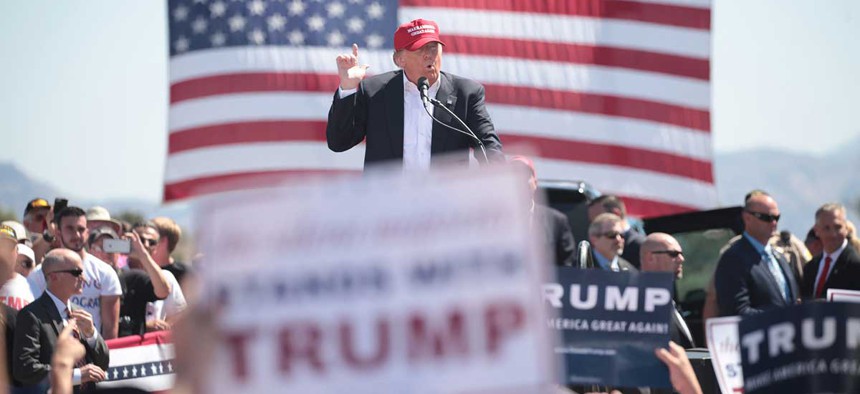As later court filings confirmed, however, the district offered no evidence that the teachers were trying to do that; instead, the mere expression of their opinion was taken as proof of their propagandistic intent. Never mind that military recruiting posters festooned other parts of the school, or that one of the suspended teachers had organized a debate between herself and a pro-war colleague. Her poster was an act of indoctrination rather than education, officials said, and it had to be stopped.
Meanwhile, lessons that propagate conservative positions generally go unnoticed. In Morristown, New Jersey, one teacher asked a mostly black group of students to write an essay about “why they should not fear the police.” As an African American pastor told local school officials, who had established a policy encouraging “open dialogue and discussion” of divisive issues, the assignment took a truly controversial question—whether blacks had reason to fear police—and answered it from the start, before any real dialogue or discussion could begin.
Judicial rulings have also severely limited the free-speech rights of teachers in their classrooms. In 2007, a federal appeals court upheld an Indiana school board that had refused to renew the contract of a teacher who told her fifth-grade class—in reply to a student question—that she had driven by an anti-war protest and honked her horn in support. The Constitution “does not entitle primary and secondary teachers, when conducting the education of captive audiences, to cover topics, or advocate viewpoints, that depart from the curriculum adopted by the school system,” the court decreed. “Students...ought not to be subject to teachers’ idiosyncratic perspectives.”
To be sure, it’s easy to imagine situations where teachers might impose their views instead of assisting students in formulating their own. But many school leaders simply don’t trust teachers to know the difference. After the Ferguson riots, a superintendent in nearby Edwardsville, Illinois, prohibited teachers from mentioning the subject, lest they sway students in one direction or another. “We all have opinions on what should be done,” the superintendent explained. “We don’t need to voice those opinions or engage those opinions in the classroom.”
But how will children learn to “engage those opinions” unless they do so in the classroom? That’s become even more urgent over the past few decades, when Americans increasingly segregated themselves into communities of the like-minded. In 1976, 27 percent of Americans made their homes in so-called “landslide counties” that voted either Democrat or Republican by 20 percent or more; by 2008, 48 percent of Americans lived in such environments.
When divisive subjects do arise, Americans don’t know how to discuss them. In the same KRC survey that revealed overwhelming concern about the incivility of modern politics, over a third of respondents said they avoid talking about racial inequality, abortion rights, or same-sex marriage for fear of the discussion turning “uncivil.” And only one-third said that they do not avoid any issues because of worries about incivility.
Trump has played on that anxiety in his frequent broadsides against “political correctness,” encouraging people to follow his lead and say whatever they think. And while there’s a certain attractiveness to that kind of blunt candor, it’s a poor formula for civic discourse. Nearly three-quarters of the people replying to the KRC survey said they supported “civility training” in schools. Let’s hope they prevail on the schools to provide it.







